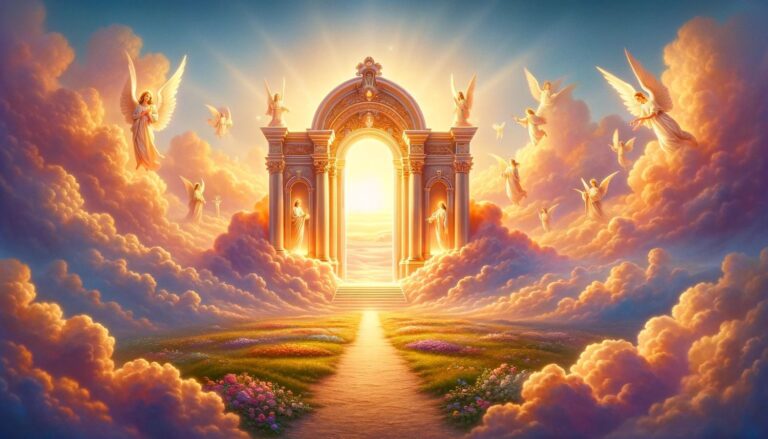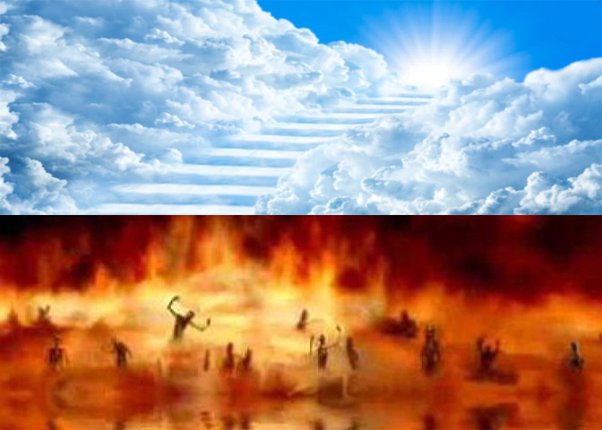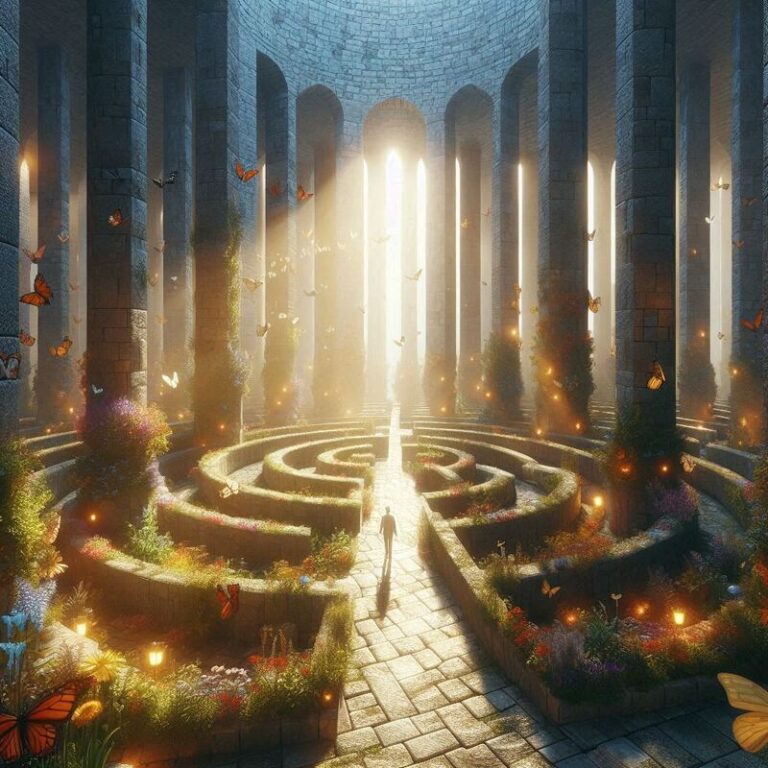Legends Beyond Death

Legends Beyond Death
Legends Beyond Death: Mystical Tales of the Afterlife
Introduction
Throughout human history, the mysteries of death and the afterlife have captivated the imagination of cultures around the world. From ancient civilizations to modern societies, the concepts of an underworld, afterlife, and the journey of the soul have been depicted in myths, legends, and religious beliefs. These tales not only reflect the human quest for understanding what lies beyond death but also reveal the values, fears, and hopes of different cultures. This article delves into the fascinating and mystical tales of the afterlife, exploring the diverse and powerful legends that have shaped human perceptions of life, death, and what comes after. Legends Beyond Death
Ancient Egypt: The Duat and the Journey of the Soul
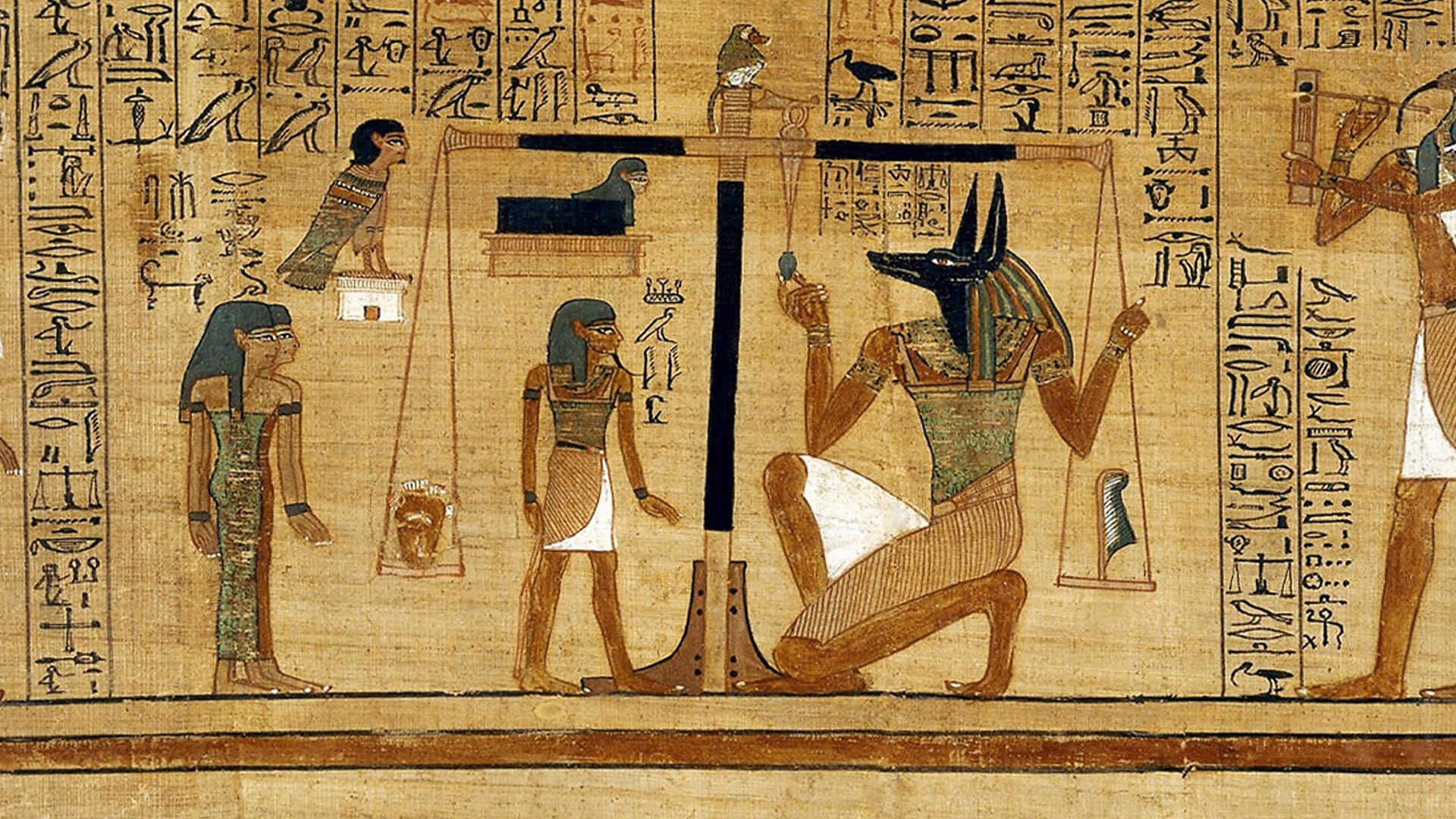
In ancient Egyptian mythology, the afterlife was a complex and meticulously structured realm known as the Duat. The journey of the soul through the Duat was fraught with challenges and trials, overseen by gods and mythical creatures. Upon death, the soul, or ka, was believed to embark on a perilous voyage through the underworld, where it faced numerous obstacles, including demons, fire-breathing serpents, and lakes of fire.
Central to this journey was the weighing of the heart ceremony, presided over by the god Osiris and the goddess Ma’at. The heart of the deceased was weighed against Ma’at’s feather of truth. If the heart was found to be lighter than the feather, the soul was granted passage to the afterlife, a paradise known as the Field of Reeds. If not, the soul was devoured by the fearsome deity Ammit, leading to eternal oblivion.
This meticulous belief system highlighted the Egyptians’ emphasis on moral integrity and justice, as the journey through the Duat was not merely a physical ordeal but a moral and ethical trial. Legends Beyond Death
Greek Mythology: Hades and the Elysian Fields
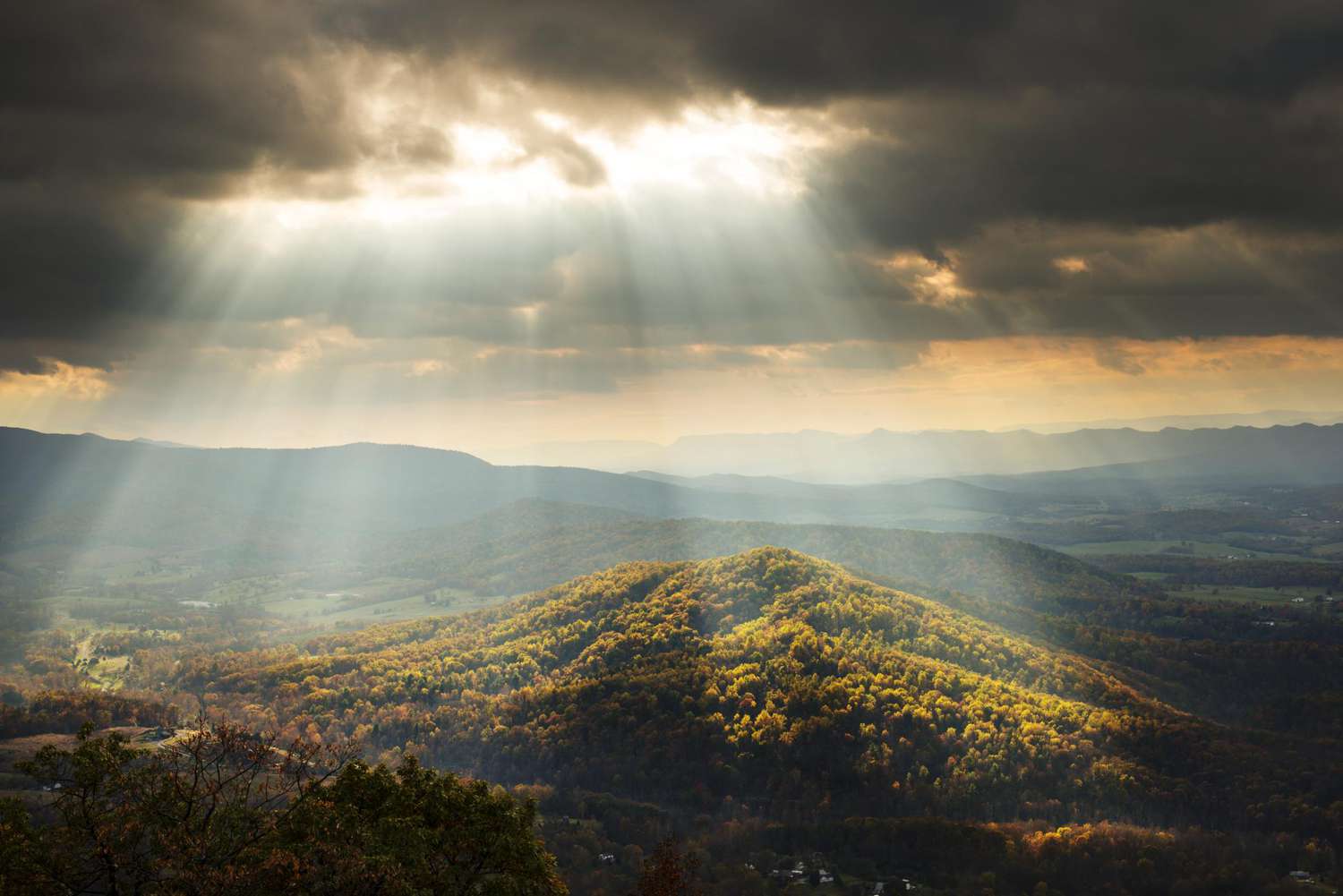
Greek mythology presents a rich tapestry of afterlife concepts, centered around the god Hades and his dominion over the underworld. Upon death, souls were ferried across the river Styx by the grim ferryman Charon, provided they had a coin for passage. The underworld, or Hades, was divided into various regions, each catering to different kinds of souls.
The virtuous and heroic were sent to the Elysian Fields, a place of eternal peace and bliss, while the wicked faced punishment in Tartarus, a deep abyss of torment. The Asphodel Meadows served as a resting place for ordinary souls who had led neither particularly good nor bad lives.
This stratified afterlife mirrored the Greek ethos of reward and punishment, reflecting societal values and the belief in justice beyond mortal existence. The tales of Hades, Persephone, and the souls of the dead were not just stories of the afterlife but also commentaries on the human condition, fate, and the quest for immortality. Legends Beyond Death
Norse Mythology: Valhalla and Hel
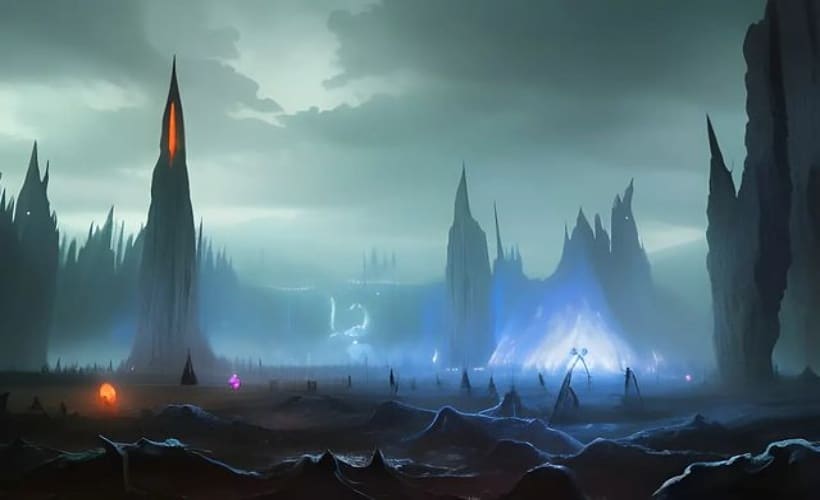
In Norse mythology, the afterlife was a realm of contrasts, shaped by the warrior ethos of the Viking age. Valhalla, the hall of the slain, was the ultimate destination for warriors who died in battle. Governed by Odin, the Allfather, Valhalla was a place of eternal feasting and combat, where fallen warriors prepared for the final apocalyptic battle of Ragnarok.
Conversely, those who did not die a heroic death were sent to Hel, a realm ruled by the goddess Hel. This underworld was not necessarily a place of torment but rather a shadowy and cold domain where souls existed in a state of dreariness and inactivity.
The Norse vision of the afterlife emphasized the valor and heroism of warriors, reflecting the societal values of courage, honor, and the inevitable approach of doom. The duality of Valhalla and Hel illustrated the belief in destiny and the importance of living a life worthy of remembrance. Legends Beyond Death
Hinduism: Reincarnation and Moksha
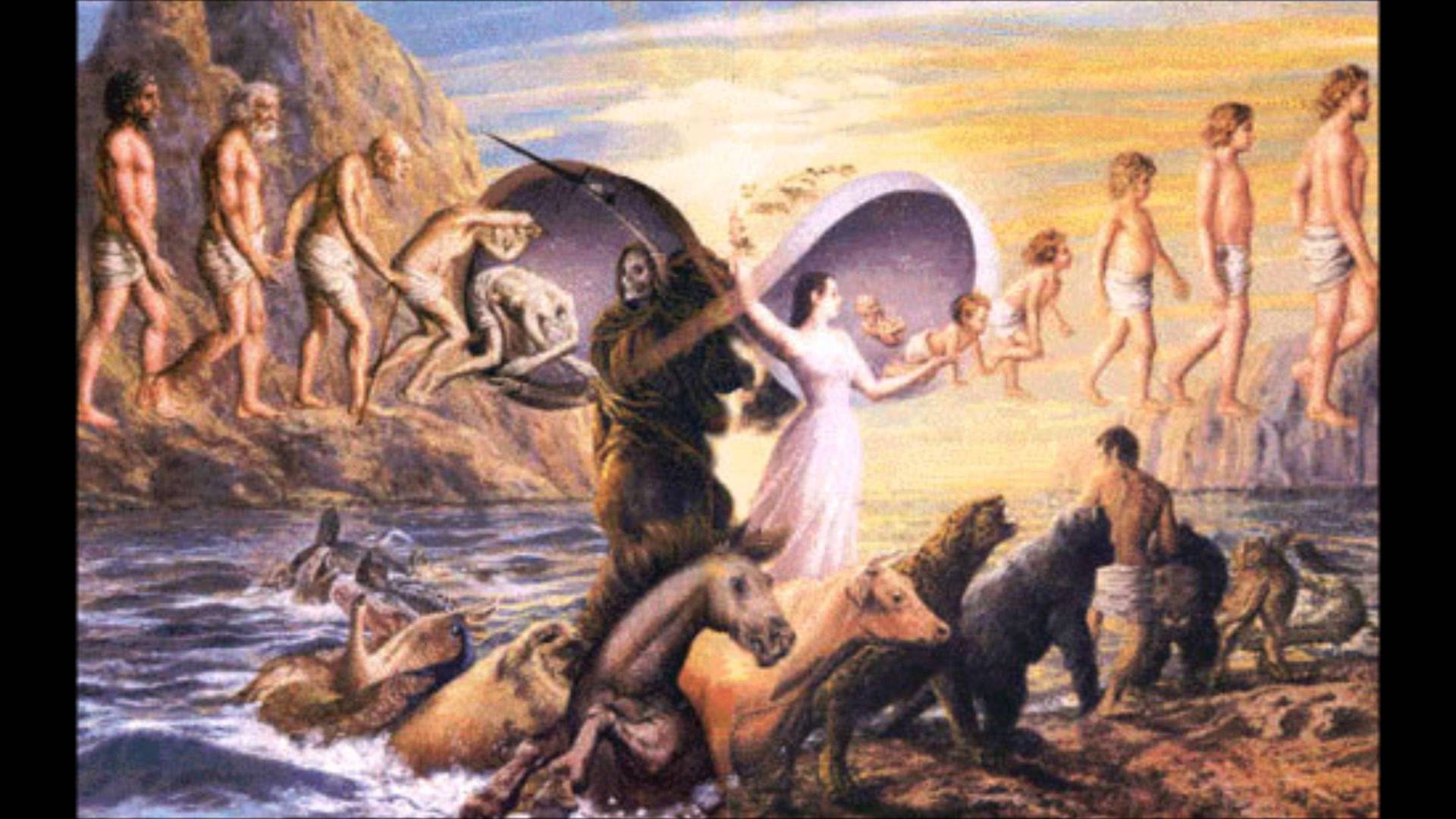
Hindu beliefs about the afterlife are deeply intertwined with the concept of karma and the cycle of rebirth, known as samsara. The soul, or atman, is believed to undergo a series of births and deaths, influenced by one’s actions (karma) in each lifetime. The ultimate goal is to attain moksha, liberation from the cycle of rebirth, and unity with the divine.
This belief system presents a dynamic view of the afterlife, where the soul’s journey is continuous and transformative. The cycle of samsara encompasses various realms of existence, including heavenly and hellish planes, each reflecting the accumulated karma of the soul.
Moksha represents the cessation of this cycle, achieved through spiritual enlightenment, ethical living, and devotion to the divine. The Hindu perspective on the afterlife underscores the importance of righteous living, spiritual growth, and the interconnectedness of all existence.
Legends Beyond Death
Buddhism: Nirvana and the Bardo

Buddhism, which emerged from the spiritual landscape of India, offers a unique view of the afterlife centered around the concepts of rebirth and enlightenment. The ultimate aim is to achieve nirvana, a state of liberation from the cycle of birth, death, and rebirth.
Upon death, the soul enters a transitional state known as the bardo, a period of up to 49 days where the consciousness experiences various visions and encounters. The experiences in the bardo are influenced by one’s karma and can lead to rebirth in one of the six realms of existence, ranging from heavenly to hellish domains.
Achieving nirvana involves transcending the ego, desire, and ignorance, thereby breaking free from the cycle of rebirth. The Buddhist view of the afterlife emphasizes the impermanence of existence, the consequences of one’s actions, and the path to ultimate liberation through wisdom and compassion.
Legends Beyond Death
Christianity: Heaven, Hell, and Purgatory
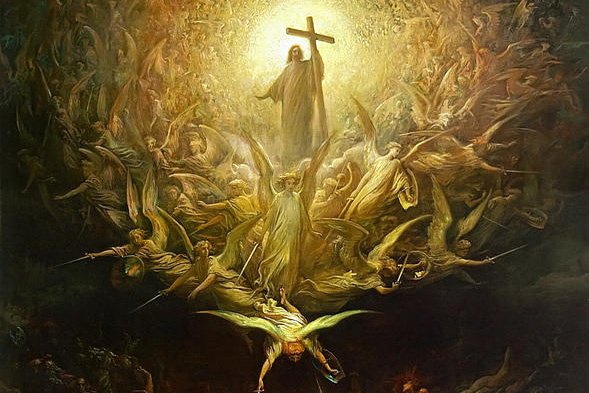
Christian beliefs about the afterlife are rooted in the concepts of heaven, hell, and purgatory. According to Christian doctrine, the soul faces judgment upon death, determining its eternal destiny.
Heaven is depicted as a place of eternal communion with God, where the righteous and faithful experience everlasting peace and joy. Hell, on the other hand, is a realm of eternal separation from God, characterized by suffering and torment for those who have rejected divine grace. Legends Beyond Death
Purgatory, a concept primarily in Catholicism, represents a temporary state of purification for souls who have died in a state of grace but still require cleansing from venial sins. This process of purification prepares the soul for entry into heaven.
Christian eschatology underscores the themes of divine justice, redemption, and the hope of eternal life, highlighting the moral and ethical dimensions of human existence and the promise of salvation through faith. Legends Beyond Death
Conclusion
The mystical tales of the afterlife across different cultures and religions reveal a profound human desire to understand and transcend the mystery of death. These legends not only offer a glimpse into the values and beliefs of various societies but also reflect universal themes of justice, morality, and the quest for meaning beyond mortal existence. Legends Beyond Death
Whether through the trials of the Duat, the judgment of Hades, the warrior’s path to Valhalla, the cycle of samsara, the journey through the bardo, or the promise of heaven, these afterlife myths continue to inspire and challenge our understanding of life, death, and the enduring spirit. They remind us that the human quest for knowledge and the hope for a life beyond death are timeless and universal, bridging cultures and epochs in the shared journey of the soul.
